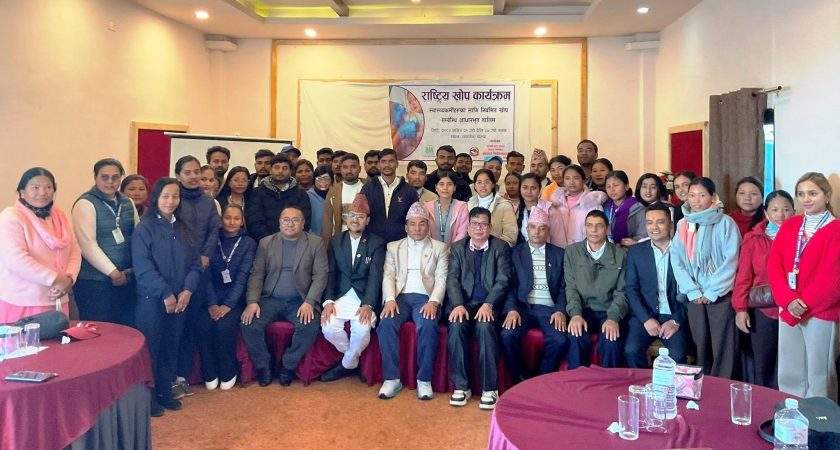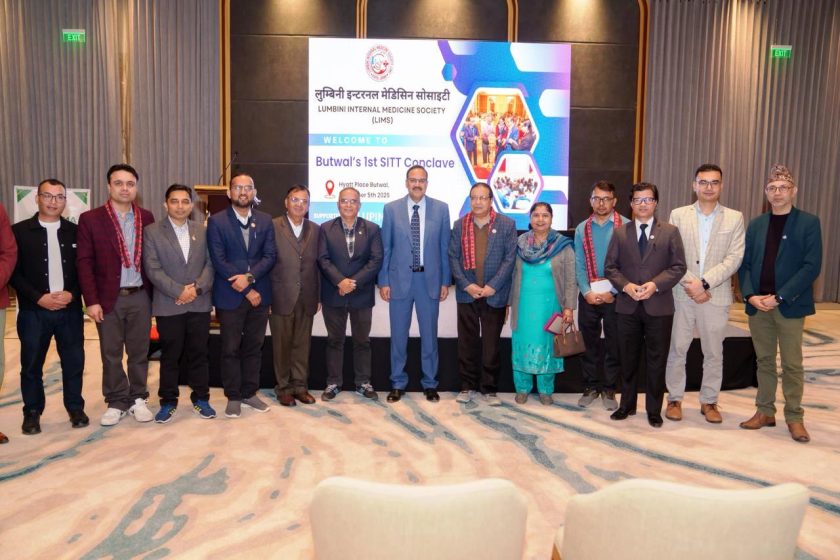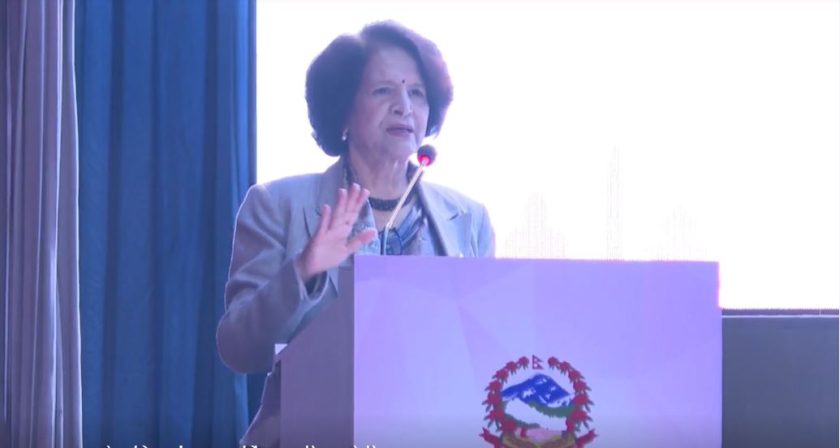The acid fly attacks have been rising recent years in hostels and residential areas in Terai area. The acid fly, scientifically known as Paederus sp homes the swamp habitat with bushes and stagnant water. A particular feature of the insect is its predilection towards bright fluorescent light. The hostel areas where students study late night are affected much owing to the special feature. It has been found that the insect becomes active few hours before sunset. So, it is light lover more in evening and nights.
What does it do ?
The acid fly when releases toxins in skin causes swelling, erythema and burning of the skin. In 24 to 48 hours, there appears superficial blister. It is termed as pederus dermatitis. Acid fly is also known as beetle blister as the blistering occurs at the site of toxin release. This appears in skin when one kills the insect there as it releases toxin. The release of toxins can happen in any parts of body and flex heal areas.
This is especially mediated via toxin named canthardin. It is released when the acid fly is squashed. The cantharidin toxin is hazardous chemical and can damage GI tract and kidneys if consumed. This has been a problem worldwide affecting cattle’s and farmers. In Nepal, the students staying in hostel in different medical colleges constantly report the acid fly attack.
What is treatment ?
1. Cleanse the area of bite with soap and water after the bite
2. Application of tincture iodine neutralizes the toxin to some extent
3. Topical steroids with or without antibiotic till the skin lesions show sign of healing or crust is seen. This usually happens in 7 to 10 days.
4. Antihistamines can be used for itching
What is prevention ?
The insect is found to be small and slender. So it may easily enter via the classical mosquito nets. Besides, it is attracted to fluorescent light.
1. Recommend regular preventive sprays of pyrethroids and 50% malathion in infested areas.
2. Minimizing contact of insects with human skin. Windows should be closed before putting on artificial lights in theevenings; this can prevent insects from entering the building, as it has been seen that these insects are most active from 1 h after sunset till midnight.
3. Care should be taken in selecting the appropriate size meshwork, as the insects because of their small girth, can pass through the standard mesh openings of 1.5 mm2 as the insects measure only 1 mm × 0.5 mm in cross-section.
4. People in susceptible areas should avoid standing directly under fluorescent lights, especially during the monsoon season.
5. Sleeping near fluorescent lights even after they are switched off should also be avoided because that is the time when most of the contacts occur.
6. Use of mosquito nets which may or may not be treated with permethrin is useful to prevent fall of insects while sleeping.
7. Insect trapping devices such as sticky traps and glue boards may also be used.
8. Home remedies -apply aloe Vera and coconut oil.
The particular concern should be on elimination of breeding sites. The students staying in hostels are the responsibilities of the colleges. People living near such breeding sites are affected near such moist and bushy areas. The local government should be concerned about it. So, the breeding sites in premises of the hospital need elimination of such sites. Unfortunately, It seems that it has not been a concern to colleges and local government as well. Dr. Khanal is working in Lumbini Provincial Hospital.






प्रतिकया दिनुहोस्